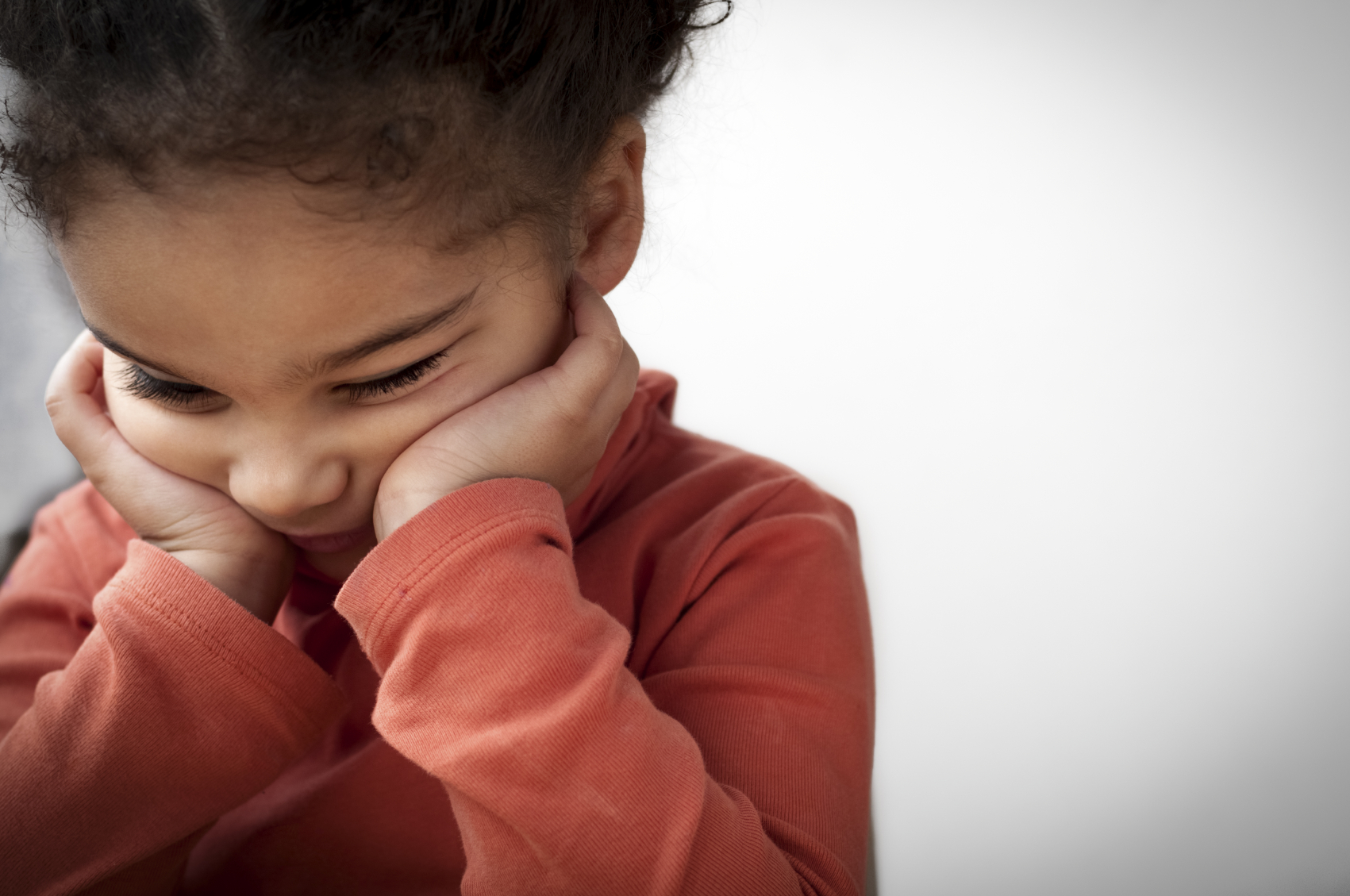
Childhood fear and anxiety can be provoked by countless situations, or by seemingly nothing at all. Anxiety shows up in a host of forms: physical reactions such as nausea, trembling, and shortness of breath; worries and other troublesome thoughts; and behaviors — some that may be clearly related to anxiety or fear (such as clinging) and others that may be confusing or hard to connect to anxiety (such as anger outbursts or poor attention in school).
But did you know that anxiety behavior — the many outward manifestations of anxiety such as crying, clinging, or even aggression — serves two purposes? First, it is your child’s attempt to communicate these upsetting thoughts and feelings to you. Your child needs to communicate this distress to you so that (the second purpose) you can make the fear or anxiety go away. Somehow. Now!
This process may be straightforward, such as when your child hollers: “Mom, there’s a spider on my bed!” The message your child conveyed was explicit and clear (and also implicit in some ways): There’s a spider on my bed (and I’m scared or grossed out and I want you to get rid of it, now!). The solution to the problem is also straightforward: You go into your child’s bedroom (or you send in your spouse) and you remove the spider. The upset fades quickly, and you and your child return to what you were each doing.
But the above situation does not describe an anxiety disorder. By definition, as I explain more deeply in my book and lectures, a true anxiety disorder occurs when the child’s anxious behavior is over-the-top in terms of frequency, duration, or intensity and interferes with the day-to-day functioning. For example, your child goes into a panic at the sight of the spider and refuses to go into the bedroom until you have inspected it carefully to make sure there are no spiders in there. She cries and pleads with you to wash the sheets that the spider has “contaminated.” You refuse because it’s bedtime. Your child wails. Your reassurances aren’t accepted. Your spouse gets involved. And so on. This more complicated, prolonged, and ultimately unhelpful pattern of child and parent behaviors would suggest an anxiety disorder. I call these maladaptive patterns the parent-child "anxiety dance."
Fortunately there is a new approach to approaching and treating anxiety in children, which I describe in my book and lectures: understanding and “re-choreographing” the unhelpful anxiety dances between parent and child. This approach is directed less toward getting rid of anxious thoughts and emotions and more toward encouraging effective communication, cooperation, competence and autonomy. Your child will learn to better communicate his or her feelings and needs to you and to ask for your help in less provocative ways. You will be less reactive and more responsive to these requests for help. Your child will be better able to utilize your help and/or cope with uncomfortable situations. You will feel more relaxed and effective as a parent. Your child will feel an increased sense of competence and security (and less anxiety), and so on. A new and better dance.
Start the process at home—here's a helpful exercise for calming down:
The Darth Vader breath
This is my name for what is known in yoga as “ujjayi” (pronounced oo-ji-ee) breathing. You make this sound every time you say the “h” in “hat” or “how”. This involves a slight narrowing at the high back of the throat just behind and below the nose. This will create that soft rushing “h” sound while breathing in and out. It would be a growl if you got the bottom of the throat involved and a snoring sound if it’s too high in the nose. Some describe this sound as ocean waves rolling in and out again.
1. While slightly narrowing the high back of your throat, breathe in.
2. Continue narrowing the back of your throat and breathe out.
3. Repeat for four or five cycles of inhaling and exhaling.
Narrowing the throat in this way restricts the flow of air just a little, slows down the breath, and allows for a long, even inhalation and exhalation. Like sipping liquid through a straw, ujjayi breathing makes it hard to “gulp” air. Additionally the sound it makes, like Darth Vader breathing, makes you more conscious of your breath and what it’s doing: slow or fast, steady or halting. Practice will help you and your child develop a long, steady, and smooth breathing pattern that will be incompatible with the fight-or-flight response.











